Electronics is ubiquitous, what is it composed of?It is the smallest unit that constitutes everything
Author:Scientific belief Time:2022.08.03
Electronics, this thing feels far from our lives, but it is actually everywhere.
A mobile phone, a stone, a dust, and even countless electrons in our own body, so what is the electron? What does it make up? Since human beings have thoughts, they are determined to pursue the origin of things, and to pursue the origin of things. First of all, we must understand what the material is formed. In the years of natural sciences, people can only think about this problem from the perspective of philosophy, so some people regard water as the origin of all things, and some people regard fire as the origin of all things. The thinking of these ancient sages really cannot be considered wrong, because from the perspective of natural science, it is indeed the same source, water, fire, or air. From the micro level, their essence of their essence, their nature They are the same.
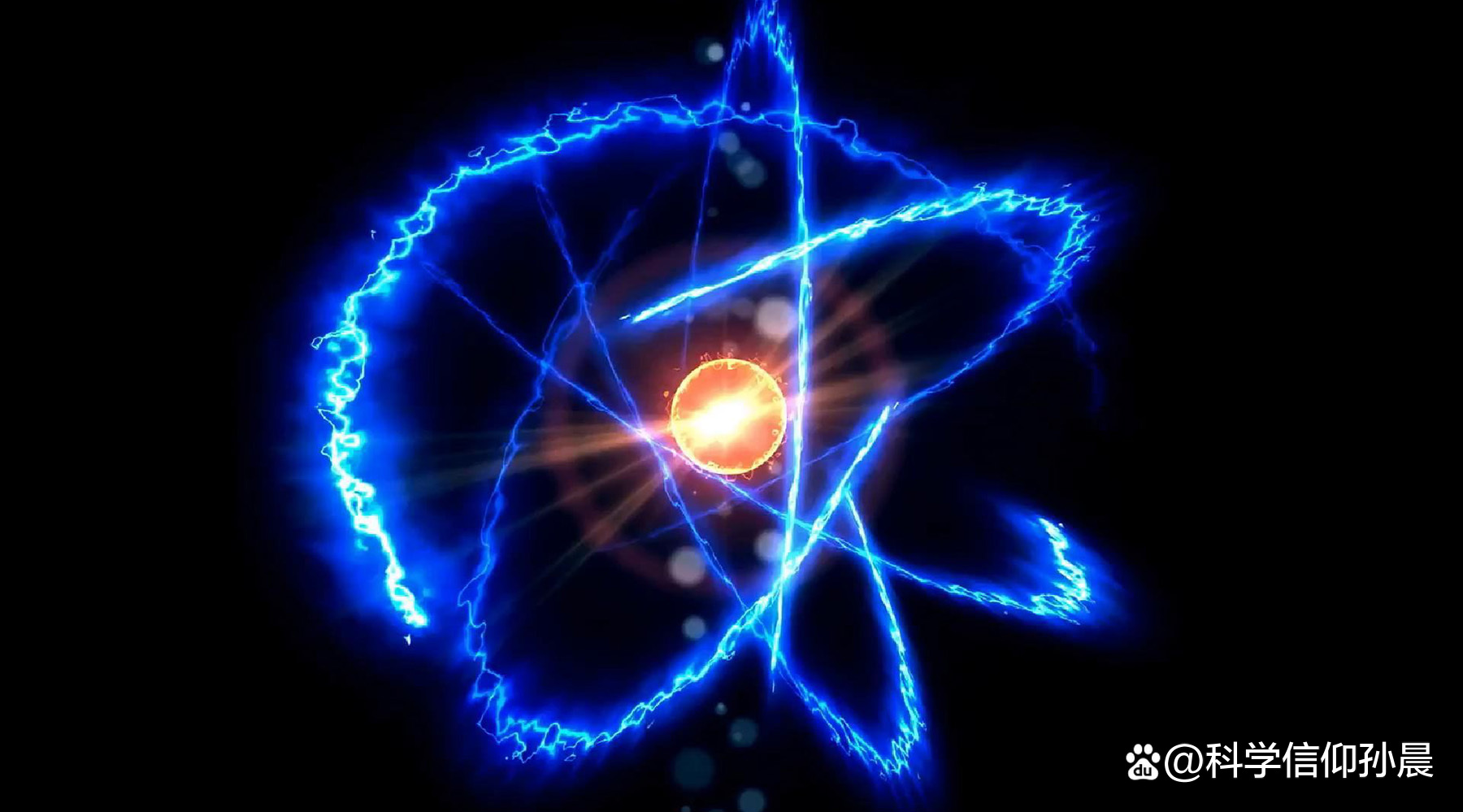
What is the essence of matter?
Most of the substances are composed of molecules. For example, water is composed of water molecules, and the arrangement of water molecules can cause water to show different forms. For example When the orderly arrangement method, the water becomes ice. The water molecules are very small, about 0.4 nanometers, which is hundreds of times smaller than the virus, even thousands of times, so it cannot be seen at all with the naked eye, but the water molecules are not the minimum form of material. Successful, two hydrogen atoms and one oxygen atom. Compared with the molecules, the head of the atom is even smaller, usually less than 0.1 nanometers, but it is such a small thing, but it is still not the smallest unit to form a material.

With the development of scientific observation technology, people have found that atoms are composed of two parts, namely atomic nucleus and nuclear electronics.
For an atom, electrons are extremely important. If the atoms lose electrons, it will become a very unstable ionic material, the charging and discharge process of lithium batteries we use daily is actually lithium atomic After losing the electrons, it becomes a lithium ion, and then recovers into a lithium atom with electrons. When charging, due to the stimulation of external power supply, the lithium atoms in the positive electrode material of the lithium battery will be decomposed into lithium ions and electrons. After decomposition, lithium ions can directly pass the diaphragm between the positive and negative poles inside the battery to the negative electrode, and the electronics can be Go to the negative electrode through the external circuit, and then meet the lithium atoms in the negative electrode.
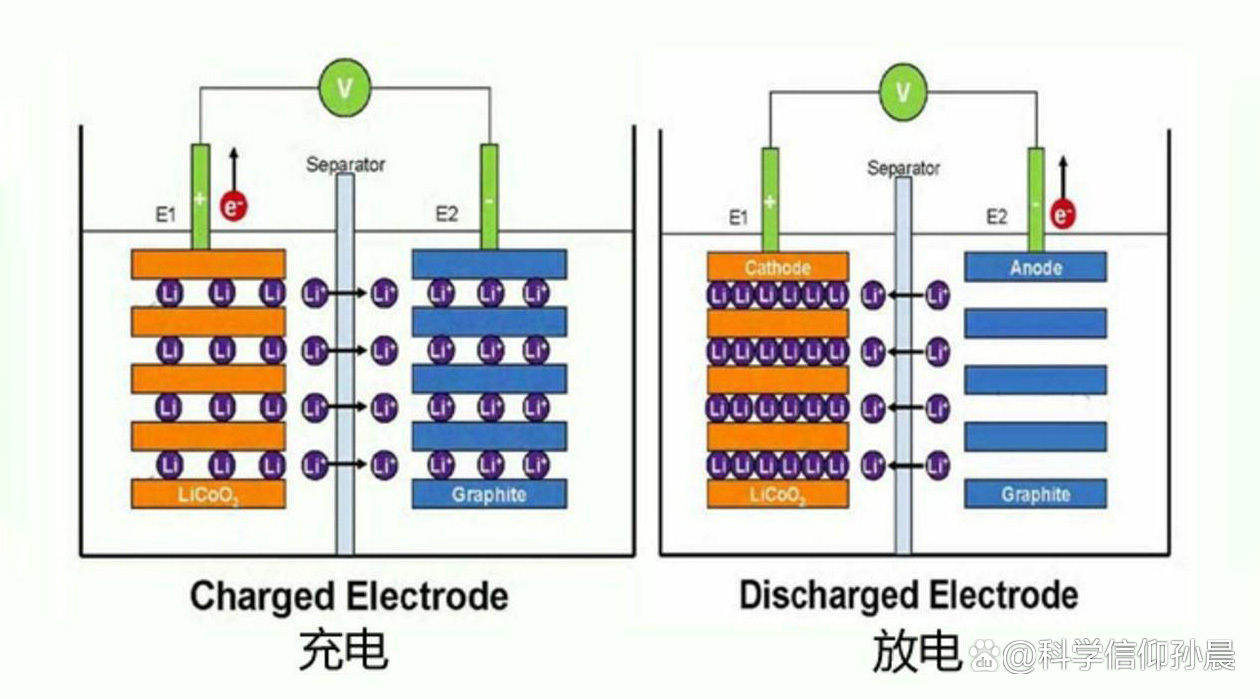
Similarly, when discharging, lithium atoms will be decomposed into lithium ions and electrons again, and lithium ions will return from the diaphragm to the positive electrode, while the electrons will return to the positive electrode through the external circuit, and use electrical appliances to provide electrical energy in the middle.
A complete atom, including atomic nucleus and nuclear electrons, can these two things continue to be divided? The atomic nucleus is possible. There are two things inside the atomic nucleus, one is a proton and the other is a neutron. The number of protons determines the type of element, such as the hydrogen element with a proton, and the two protons that are two protons. The number of neutron determines different isotopes, such as a proton and a neutron that is the homogenic of hydrogen, and one proton and two neutrons are hydrogen isotin. Different protons and neutron numbers determine different elements, so can protons and neutrons continue to divide?
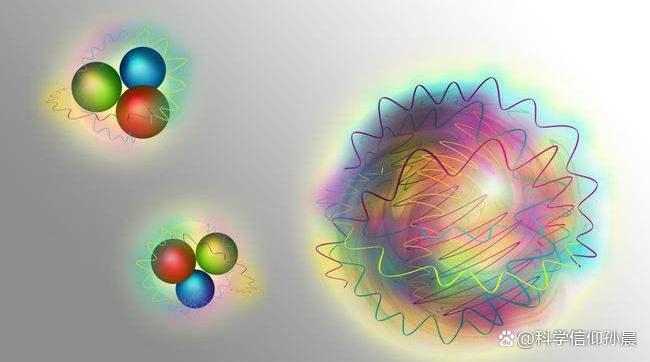
In order to see what there is in the proton and neutron, humans use particles collision, but even so, they failed to bump them away, but this is not to say that there is nothing in proton and neutron.
Because when hitting, people found that protons have three different scattered angles, that is, there are three particles inside the proton, and they are named Quark. Human beings have never successfully decomposed the proton, because the force that combines Quark is strong. The farther the distance is as the distance from the electromagnetic force, the farther the distance. Pornic, and Quark is also defined as basic particles, the minimum structure that constitutes substances. So far, human beings have found a lot of basic particles, which formed a proton quark and electrons from the atomic nucleus are all one of them.
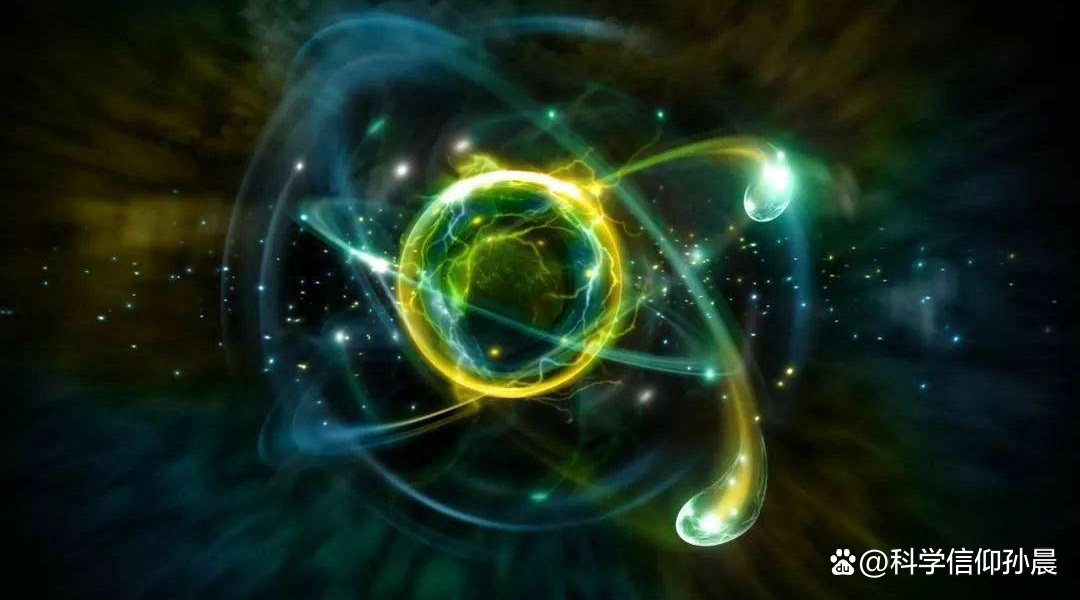
Yes, like Quark, electrons are also basic particles and are the smallest units that constitute substances. They cannot be divided again, so there is no way to explain what the electron is composed of, because it is already the smallest unit of material.
Although there are many types of basic particles, they can be divided into two categories, one is Fermiko, and the other is a boson. They are the smallest unit of material, but they play different roles. The smallest unit of Fermiko's material structure, while the boson is a medium that transmits interaction, such as the tight combination of the three quarks is passed through the boson of the glue. Then the boson is cement. Obviously, both electrons and quarks belong to Fermiko, and gums, photons, etc. both belong to the boson.
- END -
Multi -identity | Experience details of station B product design!

Editor: As one of the video platforms that seize a large number of young users, wh...
Near the earth!Two galaxies touched each other, and the two huge black holes merged!
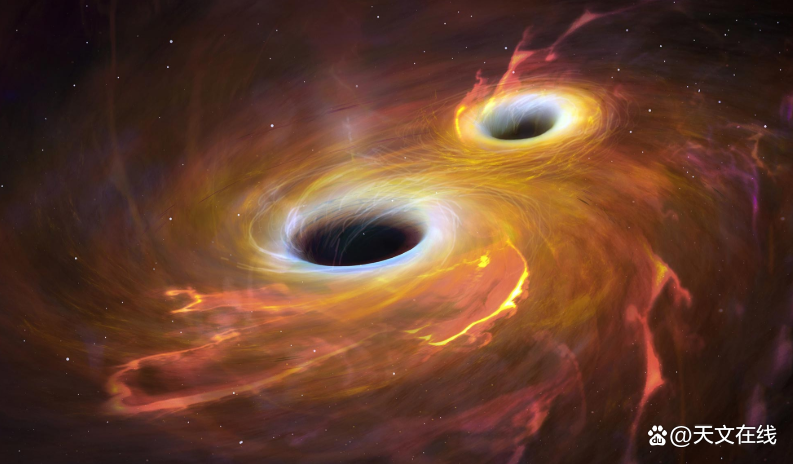
This pair of black hole combinations that are underway are the closest to the eart...